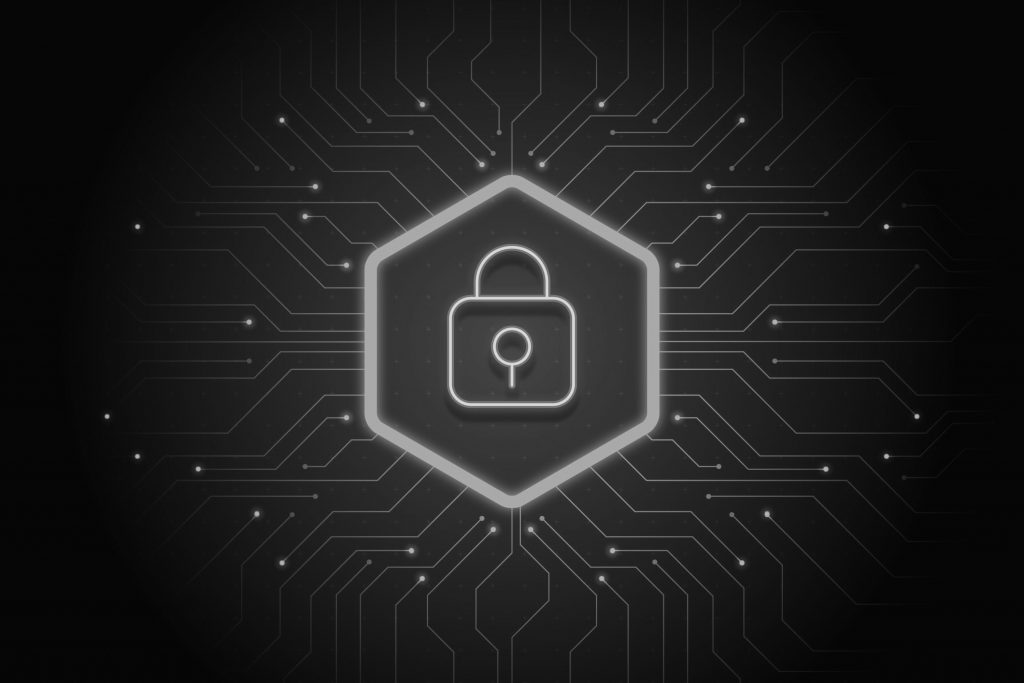The world is evolving at breakneck speed, and with it, the ever-present threat of cybersecurity breach. While simple password hygiene and basic security awareness remain crucial, building a truly robust defense requires layering multiple solutions and taking a proactive approach.
In this blog, we’ll delve deeper than the usual “change your password every month” advice and explore the 5 key pillars of a comprehensive cybersecurity posture, equipping you with the knowledge and tools to protect your digital assets from increasingly sophisticated threats.
1. Network Security: The First Line of Defense
Imagine your network as a fortified castle. Just like a moat and drawbridge, firewalls act as the first line of defense, filtering incoming and outgoing traffic based on pre-defined rules. They are gatekeepers, allowing only authorized traffic to pass through while blocking known malicious sources and potential attacks. Firewalls come in various forms, from hardware appliances to software solutions, and choosing the right one depends on your specific needs and network complexity.
But even the most formidable walls have vulnerabilities. This is where intrusion detection/prevention systems (IDS/IPS) come in. These vigilant sentinels continuously monitor network traffic for suspicious activity, scanning for patterns and signatures consistent with known cyberattacks. When an anomaly is detected, an IDS can raise an alarm to alert administrators, while an IPS can actively block suspicious activity, preventing a potential breach from becoming a full-blown incident.
Finally, every castle is complete with vigilant guards patrolling its perimeter. Vulnerability scanning tools play this role, diligently searching your systems for outdated software, misconfigurations, and unpatched vulnerabilities that cybercriminals could exploit. Regular scans are crucial for identifying and patching these weaknesses before they can be weaponized.
2. Endpoint Security: Protecting Your Digital Outposts
While network security safeguards the entry point, endpoint security focuses on protecting individual devices within your network, such as desktops, laptops, and mobile phones. The core of endpoint security is typically antivirus software, which scans files and systems for known malware and viruses, quarantining or removing them upon detection. However, modern threats are often much more sophisticated, requiring advanced solutions like endpoint detection and response (EDR).
EDR systems go beyond simply identifying malware; they analyze system activity and user behavior to detect suspicious patterns indicative of an attack, even if the malware itself is unknown. Imagine an EDR as a detective, piecing together clues from security logs and system events to uncover hidden attackers and prevent them from causing damage.
Another crucial element of endpoint security is application whitelisting. This approach only allows authorized applications to run on devices, effectively blocking any unauthorized software, including malware, from operating and potentially compromising your system.
3. Data Security
Even if attackers breach your network perimeter and bypass your endpoint defenses, your most valuable assets – your data – can still be safeguarded through effective data security measures. Encryption is the digital equivalent of hiding your data in a locked chest. By scrambling information using complex algorithms, encryption renders it useless to unauthorized individuals, even if they gain access. This applies to data at rest (stored on servers or devices) and data in transit (transmitted over networks).
But what happens if sensitive data accidentally leaks or finds its way into the wrong hands? Data loss prevention (DLP) solutions can help prevent such scenarios. DLP systems monitor file transfers, emails, and other communication channels for keywords, data types, and other indicators of sensitive information, preventing unauthorized sharing or transmission.
Finally, who holds the keys to access your data? Access control systems dictate who can access specific data and resources within your network. This might involve implementing user roles and permissions, multi-factor authentication (MFA) for added security, and even granular controls based on data sensitivity.
4. Identity and Access Management (IAM)
In today’s interconnected world, identities are the new currency. Identity and Access Management (IAM) systems act as gatekeepers for these digital identities, ensuring only authorized individuals have access to the resources they need. Tools like multi-factor authentication (MFA) add an extra layer of security by requiring not just a password but also another factor, such as a fingerprint scan or a one-time code, to grant access.
Another key aspect of IAM is single sign-on (SSO). Imagine having a single key to unlock all the doors in your castle. SSO allows users to access multiple applications and resources with a single set of credentials, simplifying the login process and reducing the risk of password fatigue.
Finally, even within authorized users, access should be granted on a principle of least privilege. IAM systems allow you to define precisely what resources each user can access, ensuring they only have the minimum permissions necessary to perform their jobs, minimizing the potential damage if their credentials are compromised.
5. Incident Response: Preparing for the Inevitable
Despite your best efforts, no one is entirely immune to cyberattacks. This is why having a robust incident response (IR) plan is crucial. Think of it as your emergency fire drills for the digital world. An IR plan outlines the steps to take when a security incident occurs, from detection and containment to eradication and recovery.
Detection can involve monitoring security logs, endpoint behavior, and network activity for anomalies. Once a potential incident is identified, containment is key. This might involve isolating infected devices, restricting network access, and shutting down affected systems to prevent further damage.
The next step is eradication, which involves removing the malware or attacker from your systems. Depending on the nature of the attack, this could involve manual remediation, specialized tools, or even reinstalling compromised systems from clean backups.
Finally, recovery focuses on restoring normal operations and minimizing the impact of the incident. This includes restoring data from backups, rebuilding compromised systems, and reviewing your security posture to identify and address any vulnerabilities that were exploited.
Having a well-rehearsed IR plan and a dedicated team trained in incident response procedures can significantly minimize the damage from an attack and help you get back on your feet quickly.
Building a Culture of Security
Cybersecurity is not just about technology; it’s also about people. Building a strong culture of security within your organization is essential for long-term success. This involves:
- Regular security awareness training: Educate employees on common cyber threats, best practices for secure behavior, and how to report suspicious activity.
- Implementing a security policy: Clearly define acceptable use of technology, password requirements, and other security protocols.
- Encouraging open communication: Foster an environment where employees feel comfortable reporting suspicious activity or potential security weaknesses.
Conclusion
By combining these proactive measures with the implementation of the aforementioned technical solutions, you can build a truly robust cybersecurity defense that stands strong against even the most sophisticated cyberattacks. Remember, cybersecurity is an ongoing journey, not a one-time fix. Stay informed about evolving threats, adapt your defenses accordingly, and empower your people to be part of the solution. The digital world may be full of challenges, but with the right approach, you can navigate it with confidence and protect your valuable assets from harm.
Contact us today to learn more about how Deqode can help you navigate through emerging cybersecurity problems with ease and help you create a safe and sound organization for the future.
Follow us on X for regular tech updates.
References
- National Institute of Standards and Technology (NIST) Cybersecurity Framework: https://www.nist.gov/cyberframework
- Cybersecurity & Infrastructure Security Agency (CISA): https://www.cisa.gov/
- SANS Institute: https://www.sans.org/
- Open Web Application Security Project (OWASP): https://owasp.org/



